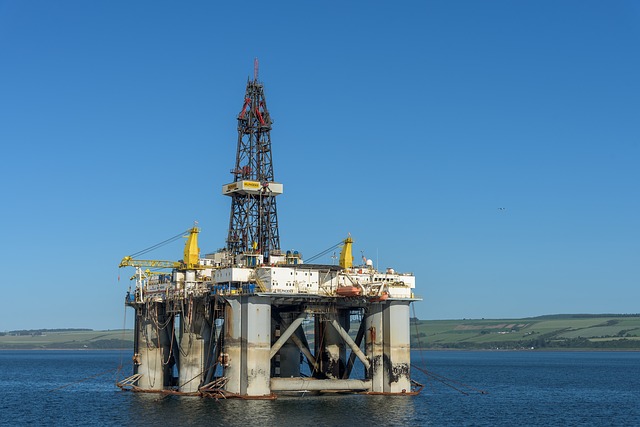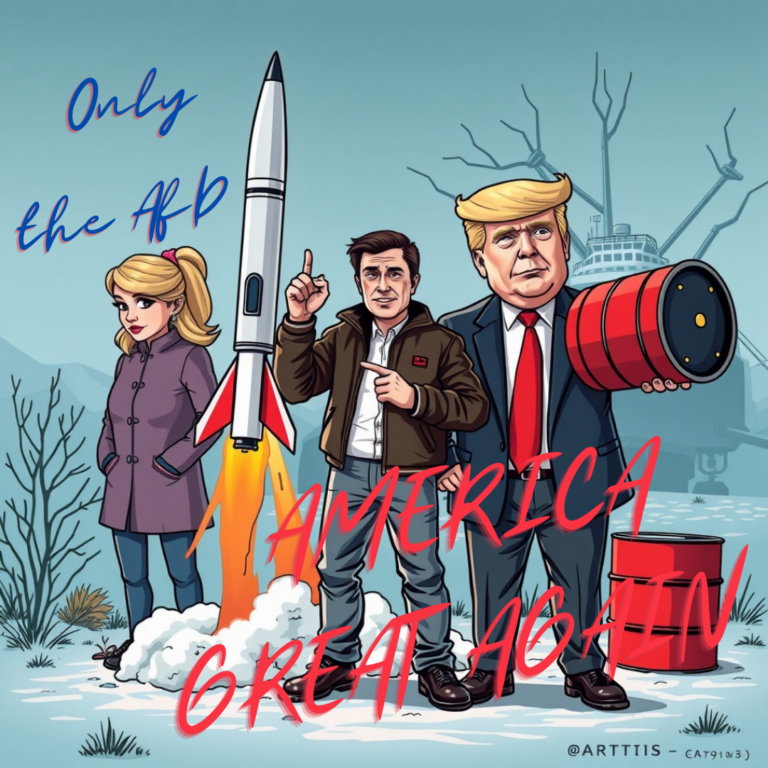Oil has always been a highly sought-after commodity and it will not be possible to do without it for the foreseeable future. But how is the black gold actually extracted?
Crude oil has always been a sought-after raw material
Petroleum has been used in various ways since the Stone Age. However, oil production did not begin until the middle of the 19th century, and not, as many might assume, in the USA, but in Azerbaijan, which at that time still belonged to Russia. The first professional drilling for oil took place there.
However, commercial production actually began in the U.S. in 1859 when a large oil field was encountered while drilling in Pennsylvania.
As industrialization grew, so did dependence on oil. After a period in which oil served primarily as a strategic resource between producing and industrialized countries, there followed a period from the mid-1980s to around the turn of the millennium in which overproduction of crude oil dominated the market worldwide.
In particular, China’s emergence as the second largest oil-consuming country contributed to the overall price increase since the beginning of the 21st century. In the meantime, the oil price is at a permanent high, with no end in sight.
The ever-increasing demand for oil as a raw material is increasingly bringing the question of the world’s existing oil reserves to the fore, and with it ever-new extraction methods.
Different conveying methods
In terms of production methods, a distinction is made between conventional and unconventional production methods, with unconventional methods gaining more and more importance, although their impact on the environment is more than controversial.
Petroleum is found both on land and in the sea. Experts believe that around 25 percent of the world’s oil reserves are in the open sea. To access these oil deposits, standing or floating drilling platforms are erected, depending on the depth of the sea. This type of production is called offshore production.
If, on the other hand, the oil is produced from underground oil fields, this is onshore production.
Nowadays, oil is also increasingly being extracted by unconventional means. This includes the extraction of crude oil from oil sands or oil shale. This is often done with the help of controversial fracking.
Offshore production
Petroleum can occur in the open ocean in both shallow and deep waters. In shallow waters, standing drilling platforms are firmly anchored in the seabed for this purpose. If, on the other hand, the oil is located at a depth of thousands of meters, floating drilling platforms are used.
Onshore Funding
In the case of oil deposits in the earth’s crust, extraction is much more difficult and takes place in three phases. After successful test drilling, primary production takes place. In this process, the oil shoots up to the earth’s surface on its own due to the pressure in the reservoir and only needs to be pumped out.
In the secondary production phase, natural gas is injected into the oil reservoir to increase the pressure there so that oil can continue to be produced. In the case of oil deposits with great potential, oil can still be produced in the tertiary phase. For this purpose, gas or other liquids are injected into the reservoir.







